PROCESS - Packaging, Logistics, and Documentation
What is Our Furniture Export Process?
Our end-to-end furniture export process is a comprehensive system designed to prepare, protect, and deliver finished furniture internationally with precision and compliance
From multi-layered packaging and detailed labeling to rigorous quality checks, fumigation, logistics coordination, and essential documentation, every step ensures your products arrive safely, on time, and ready for seamless customs clearance
Why Do We Follow This Process?
In the global furniture market, protection against damage, accurate identification, and adherence to international regulations are non-negotiable
This process minimizes risks like transit damage, identification errors, pest issues, or shipment rejections due to incomplete paperwork—ultimately saving costs, avoiding delays, and building trust with buyers worldwide
It guarantees your furniture reaches its destination in pristine condition, compliant with standards, and positioned for successful market entry
How Does the Export Process Work?
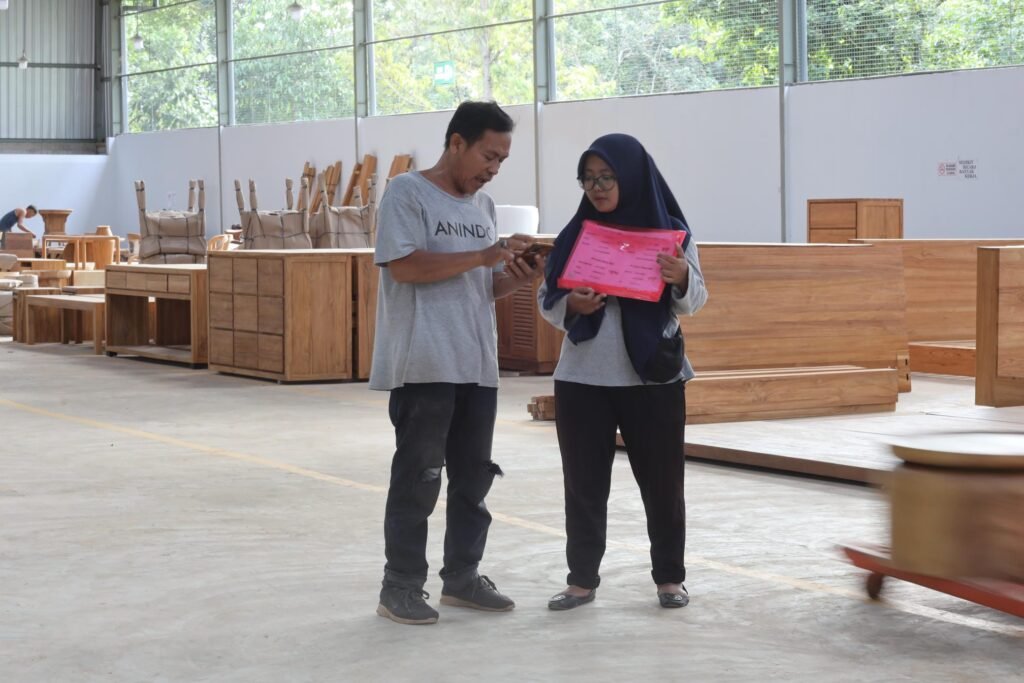
Step 1: Quality Control (QC) and Buyer Inspection: Pre-Packaging Assurance
What: A stringent furniture inspection process before packaging begins.
Why: To prevent returns by verifying adherence to purchase order specifications based directly on client standards. Also manages internal control and potentially batches production time.
How: Client-appointed QC personnel or designated factory QA staff conduct the inspection. Only items approved receive an “OK” sticker.
Outcome: Only furniture meeting pre-agreed quality and standard criteria is packaged for shipment.
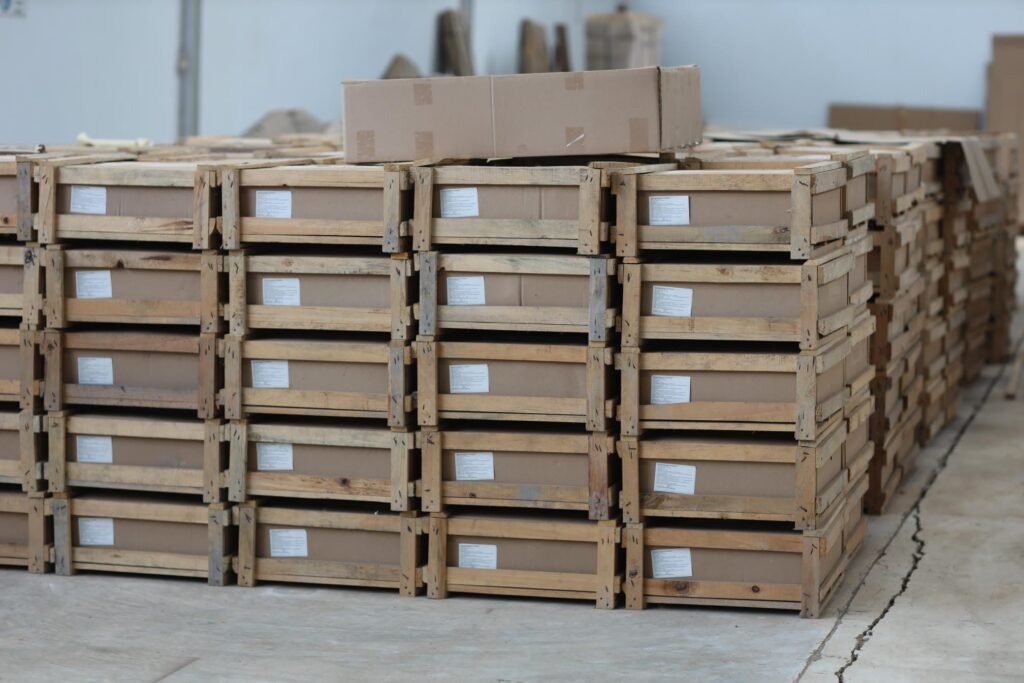
Step 2: Our Multi-Layer Packaging Protocol
What : A systematic, five-step procedure combining advanced materials and meticulous techniques to shield the finished surface from dust, impact, and moisture
Why : A single scratch or dent can tarnish the perfect product. We ensures your furniture arrives in pristine, “showroom-ready” condition, eliminating post-shipment damage and costly returns
How :
- Dust-Free Cleaning: We begin by using an air compressor to blow away loose particles, preventing the fine scratches that can occur from wiping dusty surfaces
- Protective Wrapping: Each piece is swaddled in a layer of high-quality “fungsit” paper or foam, creating a soft, non-abrasive barrier
- Impact Cushioning: For vulnerable surfaces like table tops, we add a sheet of dense, 1cm-thick Styrofoam for superior shock absorption
- Edge & Corner Armor: Specialized, angled corner guards are fitted to all edges and corners, providing maximum protection against chips and dents
- Final Securement: The fully protected item is enclosed in a sturdy, custom-sized cardboard box or wrapped in reinforced corrugated cardboard, creating its own secure shipping crate
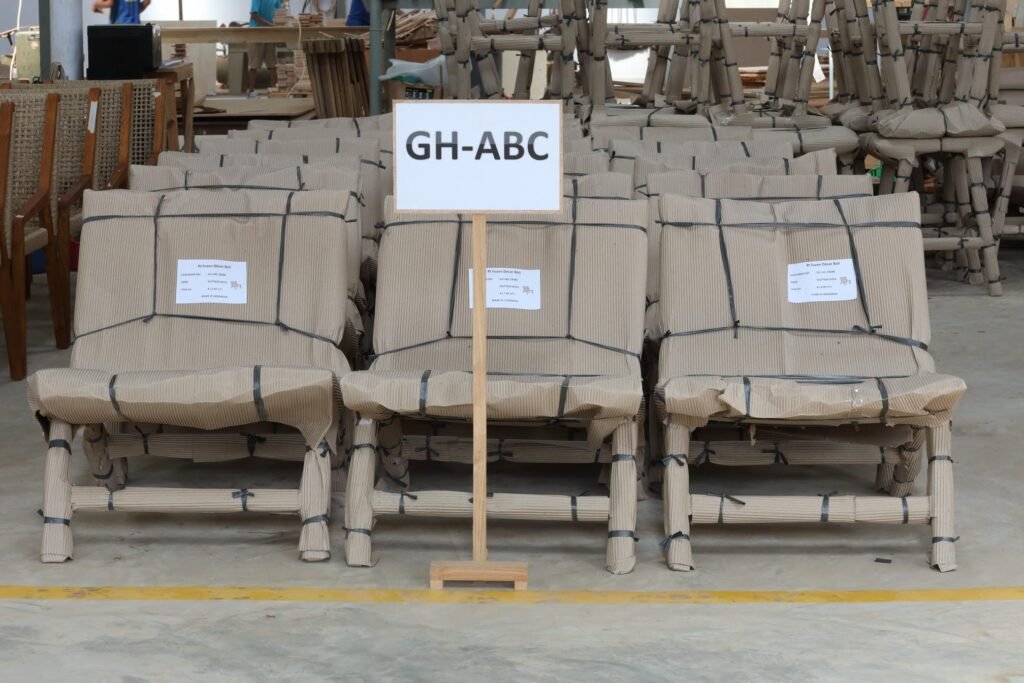
Step 3 Labeling & Tracing
What: The creation and placement of detailed identification tags
Why: To guarantee correct identification of each item upon arrival, aiding in logistics management and reducing handling errors. Labels contain vital information
How:
- Developed according to the client’s exact requirements (design, language, content, or standard company labels)
- Includes elements like product photograph, unique identifier, description, finishing color, fabric color, destination customer name, and dates
Outcome: Recipient or Logistics Handler instantly knows the contents of each container or box
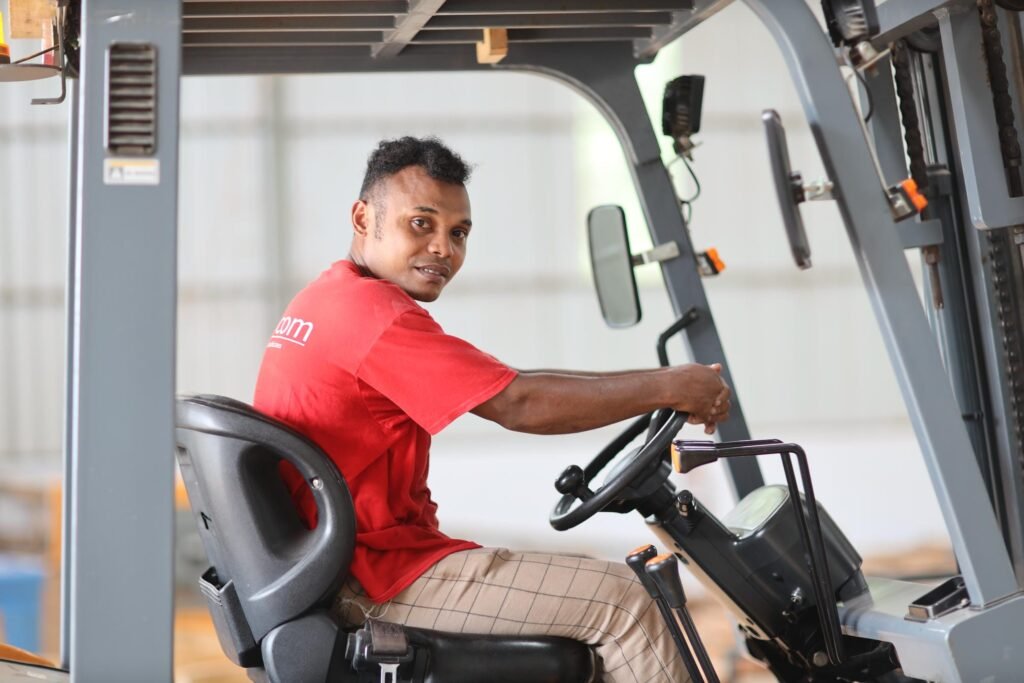
Step 4: Logistics Coordination (FOB)
What It Is: A structured logistics chain where we (the manufacturer) are responsible for getting the goods to the port, and you (the buyer) take over from there
Why It Matters: This clear division of responsibility prevents confusion, ensures timely container pickup, and keeps costs transparent throughout the shipping proces
How It Works:
- You (the Buyer): Initiate shipping by arranging a container through your chosen Indonesian forwarding agent
- Your Forwarding Agent: Secures space on a vessel and issues a Delivery Order (DO) to collect the empty container
- Us (the Manufacturer): Hand the DO to our trusted, local logistics vendor (e.g., Citra Bati Logistik), who is responsible for picking up the container and delivering it to our facility for loading
- We “Staff” the Container: Your furniture is carefully loaded into the container, sealed by us, and officially handed over to the carrier for its ocean voyage
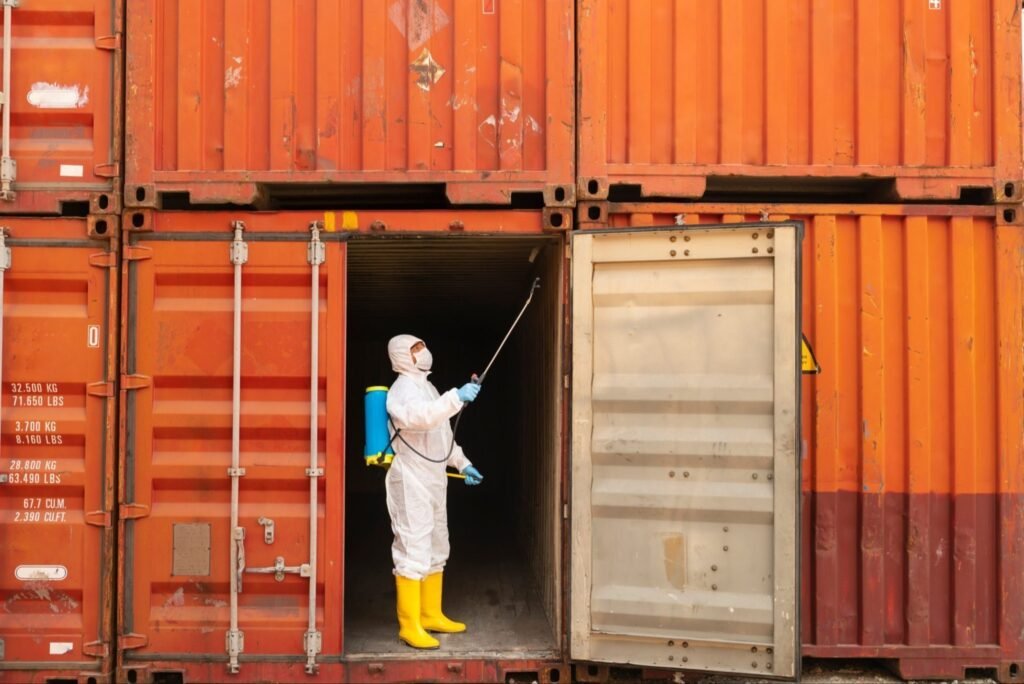
5. Fumigation Procedures
What : A mandatory, externally managed pest-control treatment for all wooden furniture shipments.
Why : Fumigation is non-negotiable for customs clearance in most countries. By handling this professionally, we ensure your shipment is never delayed or rejected at the border.
How :
- Following official protocol, we transport the container to the designated port of departure
- The factory seal is broken, and the container undergoes a certified fumigation treatment (Standard, Phytosanitary, or Akis for destinations like Australia) by authorized port authoritie
- It is then re-sealed with a new, official certificate, guaranteeing full compliance
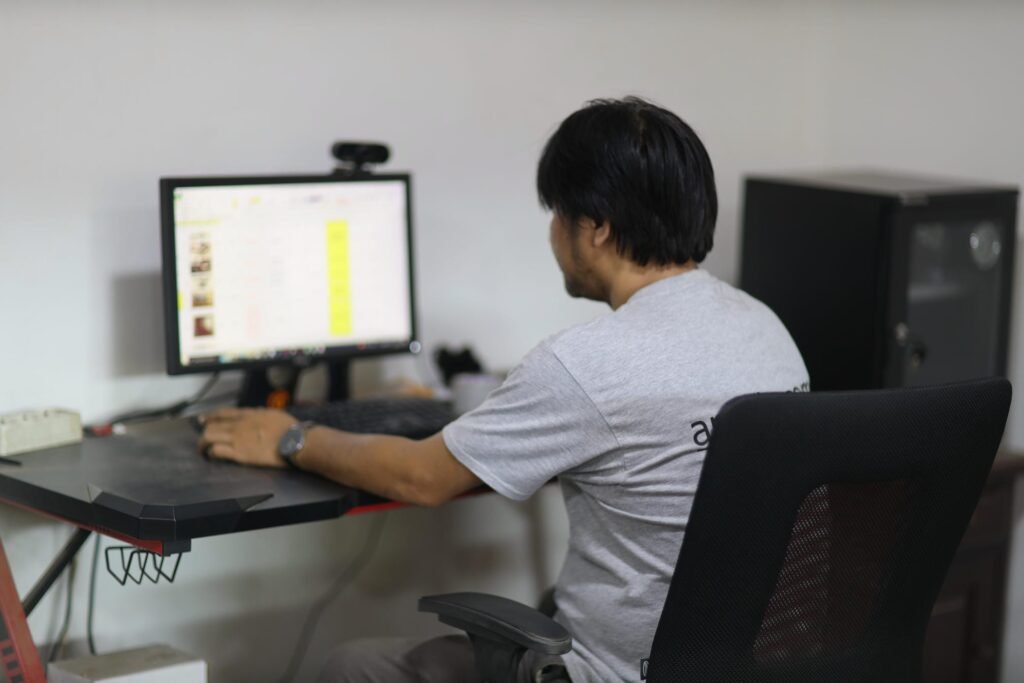
Step 6: Documentation Compliance
What : Complete and accurate portfolio of commercial and legal documents required for international customs and transport
- Bill of Lading (B/L) : Carrier contract.
- Certificate of Origin (COO) : Manufacturing origin.
- Fumigation Certificate : Proof of treatment.
- Invoice & Packing List : Includes HS Code (e.g., 9403.30 for wooden furniture).
- V-Legal : Timber legality verification.
Why : Incomplete or incorrect documentation is the #1 cause of shipping delays and rejected
